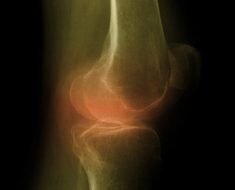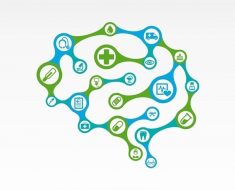
Increases in depression without commensurate increases in treatment are widespread, reports a study conducted at Columbia University Mailman School of Public Health and City University of New York. In 2020, past 12‒month depression was prevalent among nearly 1 in 10 Americans and almost 1 in 5 adolescents and young adults. The findings will be published online in the American Journal of Preventive Medicine.
Data were drawn from the 2015−2020 National Survey on Drug Use and Health, a nationally representative study of U.S. individuals aged 12 years and older. Major depression is the most common mental disorder in the U.S. and is the strongest risk factor for suicide behavior. Previous findings show increases in depression in the U.S. population from 6.6 percent in 2005 to 7.3 percent in 2015.
“Our study updates the depression prevalence estimates for the U.S. population through the year 2020 and confirms escalating increases in depression from 2015 through 2019, reflecting a public health crisis that was intensifying in the U.S. even before the onset of the pandemic,” said Renee D. Goodwin, Ph.D., an adjunct professor in the Department of Epidemiology at Columbia Mailman School of Public Health and professor of Epidemiology at The City University of New York of New York, and lead author.
“The net effect of these trends suggests an accelerating public health crisis and that parity and public-service announcement efforts have not achieved equity in depression treatment.”
In 2020, 9 percent of Americans aged 12 or older experienced a past-year major depressive episode. Depression was more common among young adults aged 18 to 25 years at slightly more than 17 percent, and adolescents aged 12 to 17 years (16.9 percent). Depression increased most rapidly among adolescents and young adults and increased among nearly all gender, racial/ethnic, income, and education groups.
However, depression prevalence did not change among adults aged 35 and over. Overall, prevalence of help seeking remained consistently low.
“Our results showed most adolescents with depression neither told or talked with a healthcare professional about depression symptoms nor received pharmacologic treatment from 2015 through 2020,” noted Goodwin.
The prevalence of depression among non-Hispanic white individuals exceeded that of all other race/ethnic groups. Depression also was consistently higher among women compared to men, and among adults who were not currently or previously married. While there was an increase in depression from 2015 to 2019 among those in each income group, the highest prevalence of depression was evident among those with the lowest household income.
“The elevated level and concentration of untreated depression among adolescents and young adults are especially problematic because untreated depression early in life is predictive of an increased risk of subsequent additional mental health problems,” said Goodwin.
Source: Read Full Article





